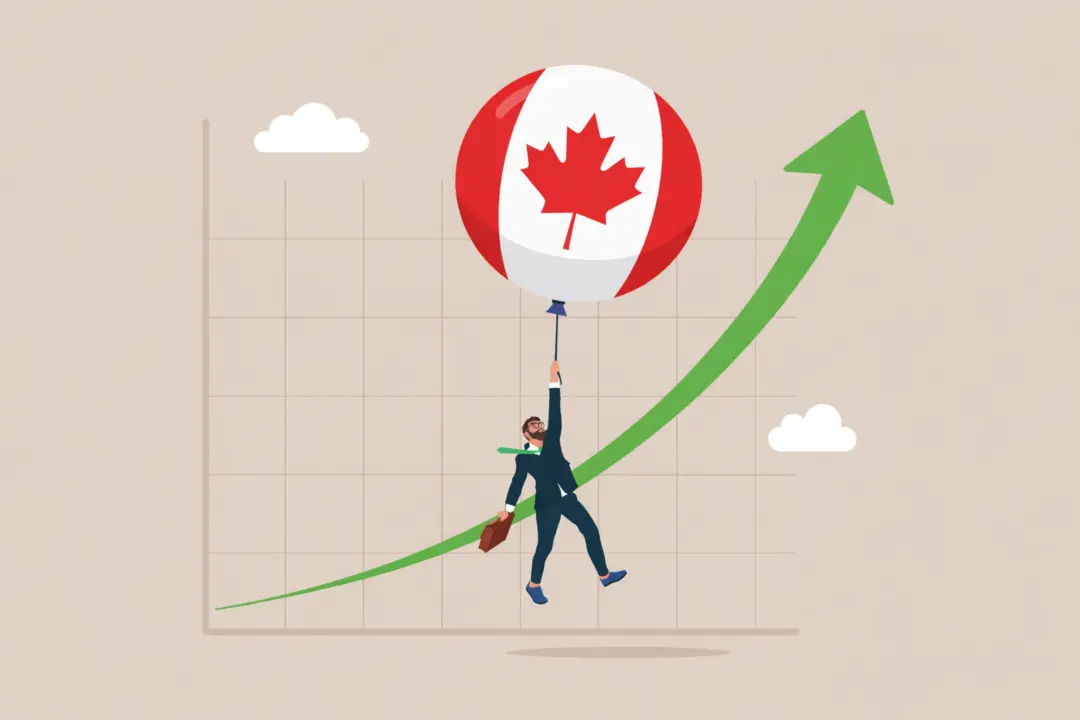Nearly two-thirds (65 percent) of Canadians have not gone for dental treatment in the last 12 months, according to new figures from Statistics Canada.
Just under half of Canadians (59 percent) in the lowest income quintile have seen a dentist in the past 12 months compared with 73 percent of those in the highest income quintile, the agency found. The findings came from the 2023 Canadian Community Health Survey, which covered Canadians aged 12 years old and older across the country.





